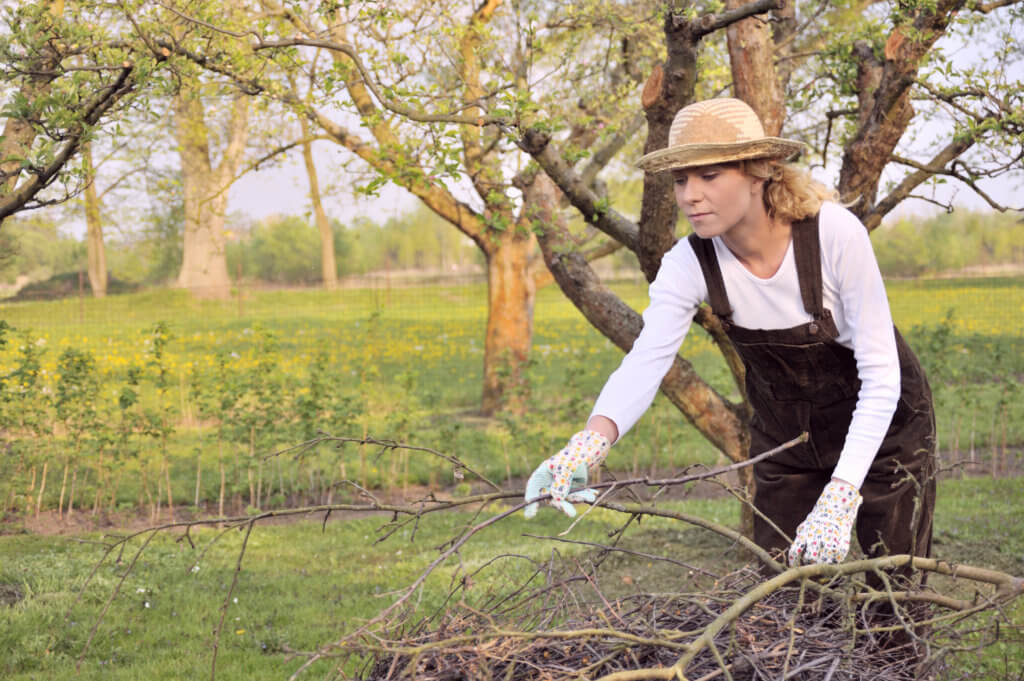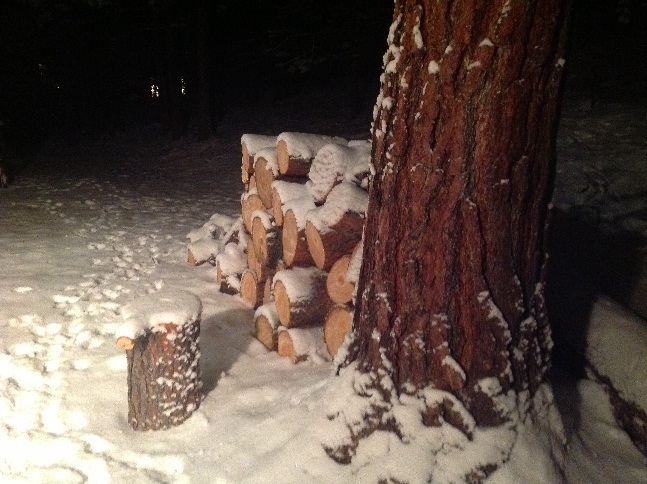At least 58 non-native wood-boring insect species have been detected in the United States since 1985; nearly all are suspected of having entered the country in crates, pallets, or other forms of packaging made of wood. And despite the far tighter regulations on wooden packaging that were put in place in 2006, some wood boring insects are bound to continue sneaking into North America.
Since these insects live deep inside wood, they are difficult for people to detect. This means that importers and shipping companies have a tough time seeing if wood is contaminated, and just about anyone could unknowingly spread these pests within contaminated firewood.
Two examples of the severe harm that this sort of pest can wreak are the Asian longhorned beetle and emerald ash borer. The Asian longhorned beetle (ALB) has been introduced to North America and Europe more than a dozen times via contaminated wood packaging from China. Most of these outbreaks were not discovered for many years – because even though this is a large insect, it spends most of the year hidden inside the heart of the tree.
The U.S., Canadian, and European governments have spent close to $600 million dollars- and removed nearly 100,000 trees- in order to eradicate these outbreaks. Thankfully, these programs are succeeding: as of this writing, four of the seven North American ALB populations have been eradicated: Chicago IL; Long Island NY; Hudson County NJ; and Toronto, Canada.
But three outbreaks remain – a fairly isolated infestation within New York City, the large infestation in Worcester, Massachusetts, and the newest found ALB infestation in Clermont County, Ohio. The infestations in Massachusetts and Ohio will be difficult to eradicate, but history has shown that it is possible if given the proper time and resources.
The emerald ash borer apparently entered North America only once, according to genetic evidence and scientific analysis of infested trees . However, it has spread rapidly to an area of almost 200,000 square miles in 19 states. So far, EAB has killed more than 50 million trees. After spending more than $300 million over 10 years, the U.S. and Canadian governments now leave efforts to states, cities, and homeowners. Towns and homeowners are now responsible for the costly (estimated at $1.2 billion per year) removal of dead and dying ash trees before they fall over, damage property, or injure people.
It can feel so disheartening to read about these problems, but there are several concrete things that anyone can do that will really help.
- Don’t move firewood- use only local or heat treated firewood when you go camping or traveling.
- Tell your friends, your coworkers, and your family about the issue of contaminated firewood.
- Educate yourself on how to spot the symptoms of pest infestations. Learn about ALB exit holes, take a look at this picture of a nearly dead ash tree with strange leafy sprouts near the base of the trunk (caused by EAB damage), and look around for excessive or strange looking woodpecker damage on individual trees.
- If you see a sickly or dying tree that you suspect might be infested by pests, report it to your state agricultural, natural resources, or forestry agency. Quick reporting can make the difference between a small infestation that is controlled quickly, or a huge infestation that causes the deaths of thousands of trees.






